
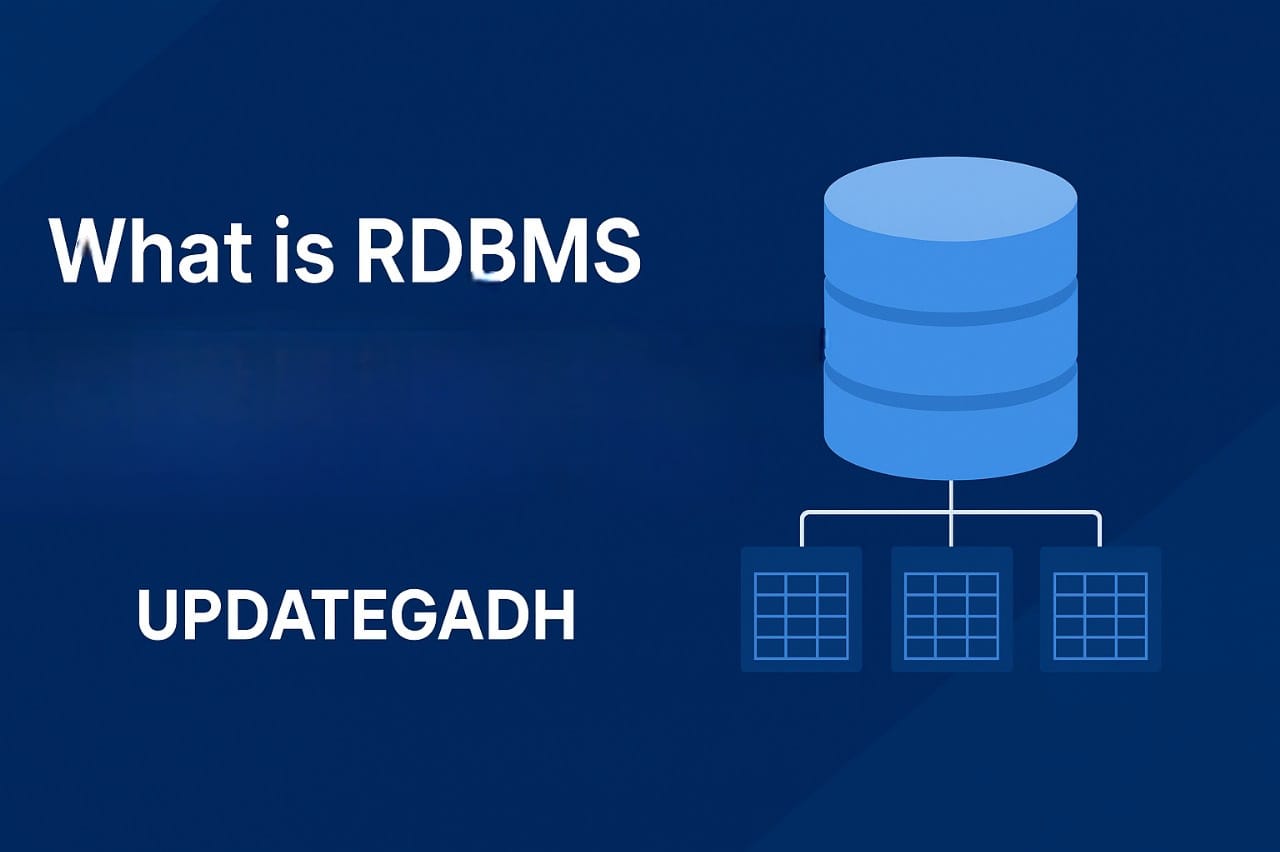
What is RDBMS (Relational Database Management System)?
What is RDBMS
In today’s data-driven world, managing information efficiently is critical—and that’s where RDBMS comes into play. But what exactly is RDBMS, and why is it the backbone of most modern database systems? Let’s break it down in a simple and professional way.
Machine Learning Tutorial:-Click Here
Data Science Tutorial:-Click Here
Complete Advance AI topics:- CLICK HERE
Deep Learning Tutorial:- Click Here
🔹 Introduction to RDBMS
RDBMS stands for Relational Database Management System—a type of database management software that organizes data into tables (or relations). These tables consist of rows and columns, much like a spreadsheet, and are structured in such a way that related data is easily accessible and manageable.
The RDBMS paradigm serves as the foundation for programs like MySQL, Oracle, Microsoft SQL Server, IBM DB2, and Microsoft Access.
The concept of RDBMS is built upon the relational model proposed by E.F. Codd in the early 1970s.
🔸 How RDBMS Works
At its core, RDBMS stores data in the form of tuples (rows) grouped in tables. Every record in every table is uniquely identified by its primary key.
By organizing data into logically connected tables, RDBMS ensures:
- Data can be accessed, updated, and maintained efficiently.
- Relationships among data sets are clearly defined and enforced.
🔹 Key Concepts in RDBMS
📌 1. Table (Relation)
A table is composed of rows and columns and contains a collection of connected data entries. Each table represents a real-world entity—like students, employees, or products.
Example: Student Table
| ID | Name | Age | Course |
|---|---|---|---|
| 1 | Ajeet | 24 | B.Tech |
| 2 | Aryan | 20 | C.A |
| 3 | Mahesh | 21 | BCA |
📌 2. Row (Record/Tuple)
One entire record is represented by a row in a table. Each row contains data about one specific entity.
Example:(1, Ajeet, 24, B.Tech) is one complete record.
Properties:
- No duplicate rows (tuples).
- Rows are unordered.
- Each row follows the same structure.
📌 3. Column (Attribute)
A column defines the type of data stored—like Name, Age, or Course.
Properties:
- Each column has a name.
- Can allow NULL values (unknown or missing data).
- Can have default values.
- Can serve as a primary key to ensure uniqueness.
📌 4. Data Item (Cell)
The smallest data unit in a table, which is found where a row and a column meet.
Example:
In the row (1, Ajeet, 24, B.Tech), Ajeet is a data item.
📌 5. Degree and Cardinality
- Degree: Number of columns in a table.
E.g., 4 attributes = Degree 4 - Cardinality: Number of rows.
E.g., 5 records = Cardinality 5
📌 6. Domain
A domain is the set of valid values an attribute can take.
Example: A column “Marital_Status” may have the domain {Married, Unmarried}.
📌 7. NULL Values
A NULL means unknown, not applicable, or not available.
Example Table: Employee
| Emp_ID | E_Name | E_Age | E_Post | Marital_Status |
|---|---|---|---|---|
| 1 | Ajeet Singh | 24 | Clerk | Married |
| 2 | Aryan Manhas | 20 | NULL | Unmarried |
| 3 | Mahesh Thakur | NULL | Teacher | Married |
NULL ≠ 0 or an empty string. It simply means the value is not known at the time.
🔹 Data Integrity in RDBMS
A database’s accuracy, consistency, and dependability are guaranteed by data integrity. RDBMS enforces this through:
- Entity Integrity: No duplicate rows or NULL primary keys.
- Domain Integrity:Values must correspond to specified constraints and data types.
- Referential Integrity: Ensures relationships between tables remain consistent.
- User-Defined Integrity: Custom business rules set by users.
🔹 Data Manipulation in RDBMS
RDBMS supports powerful operations for working with data:
- Relational Algebra (procedural): Includes operations like Select, Project, Join, Union, etc.
- Relational Calculus (non-procedural): Expresses queries using logical formulas.
- SQL (Structured Query Language): The language most frequently used to communicate with relational databases.
🔹 Advantages of RDBMS
✅ Data & Structural Independence
✅ Efficient Query Processing
✅ Data Integrity & Security
✅ Concurrency Control
✅ Fault Tolerance with Replication
🔸 Disadvantages of RDBMS
❌ Hardware Requirements: Needs powerful machines.
❌ High Setup Cost: Especially for enterprise-level solutions.
❌ Concurrency Complexity: Locking mechanisms are needed.
❌ Poor Design Risks: Simplicity may encourage improper database design.
🔹 FAQs on RDBMS
1. What is a relation in RDBMS?
Data is stored in a relation, which is a table with rows and columns.
2. What is a relational data structure?
It’s a way to store data using two-dimensional tables, each representing a real-world entity.
3. What is a key in a relation?
A key uniquely identifies each row in a table, ensuring no duplicate records exist.
4. What are domain properties?
- Must be defined before use.
- Can be shared across attributes.
- May have constraints to limit allowed values.
Complete Python Course with Advance topics:-Click Here
SQL Tutorial :-Click Here
Download New Real Time Projects :-Click here
📝 Conclusion
The foundation of contemporary data management and storage is still RDBMS. Its structure not only simplifies data handling but also provides robust features for security, consistency, and scalability.
Whether you’re a developer, data analyst, or IT manager, understanding the fundamentals of RDBMS is crucial for working efficiently with data.
Written by Team Updategadh – simplifying tech, one post at a time.
what is rdbms class 10
rdbms examples
rdbms vs dbms
what is rdbms in sql
full form of rdbms
advantages of rdbms
rdbms notes
features of rdbms
what is dbms
what is primary key
what is rdbms with example
what is rdbms pdf
what is rdbms in dbms
rdbms vs dbms
rdbms examples
rdbms stands for
rdbms tutorial
what is rdbms in sql
characteristics of rdbms
types of rdbms
rdbms notes
dbms
rdbms full form
rdbms w3schools
rdbms pdf


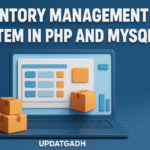

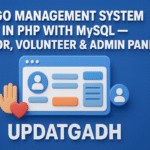

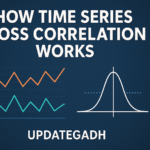

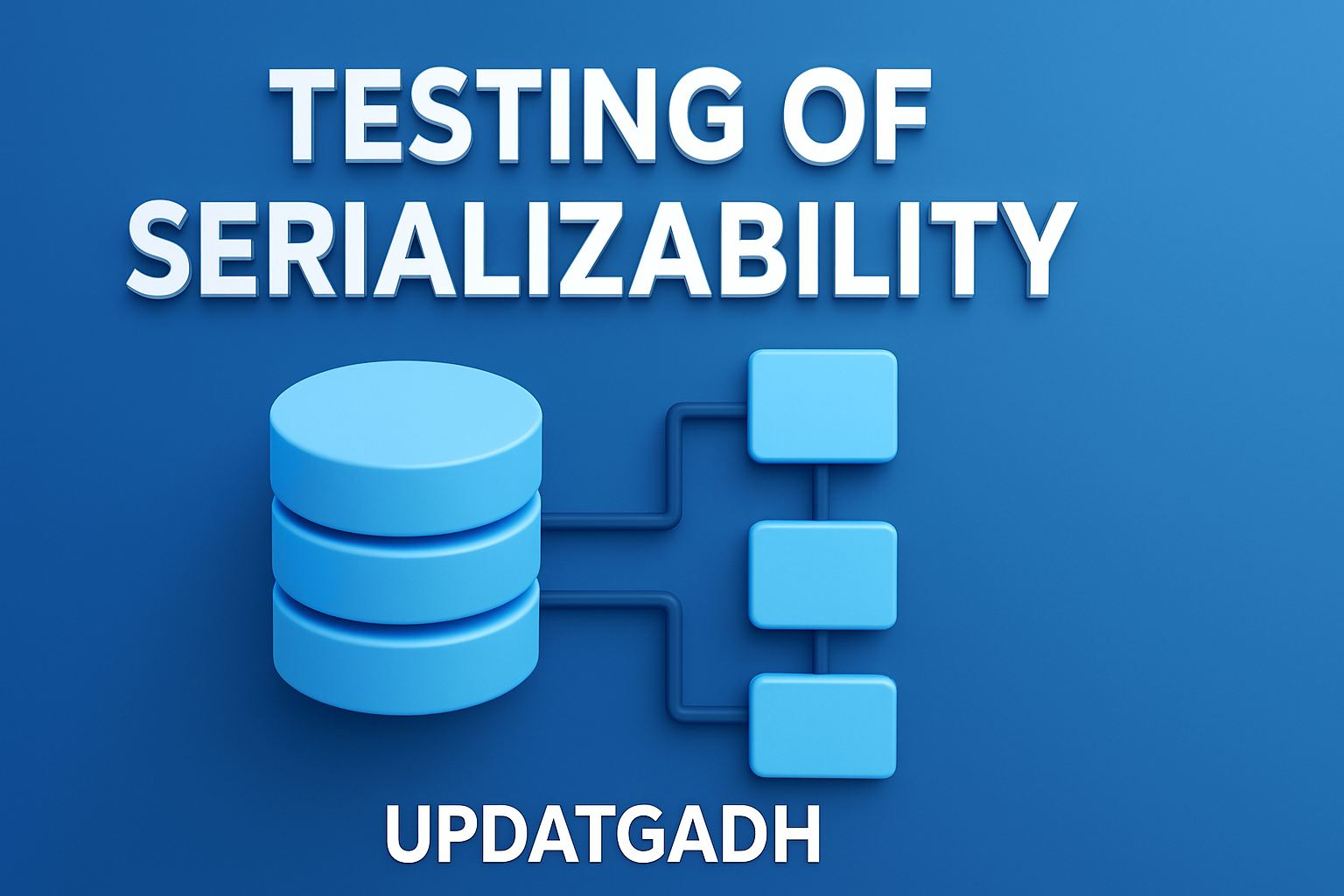
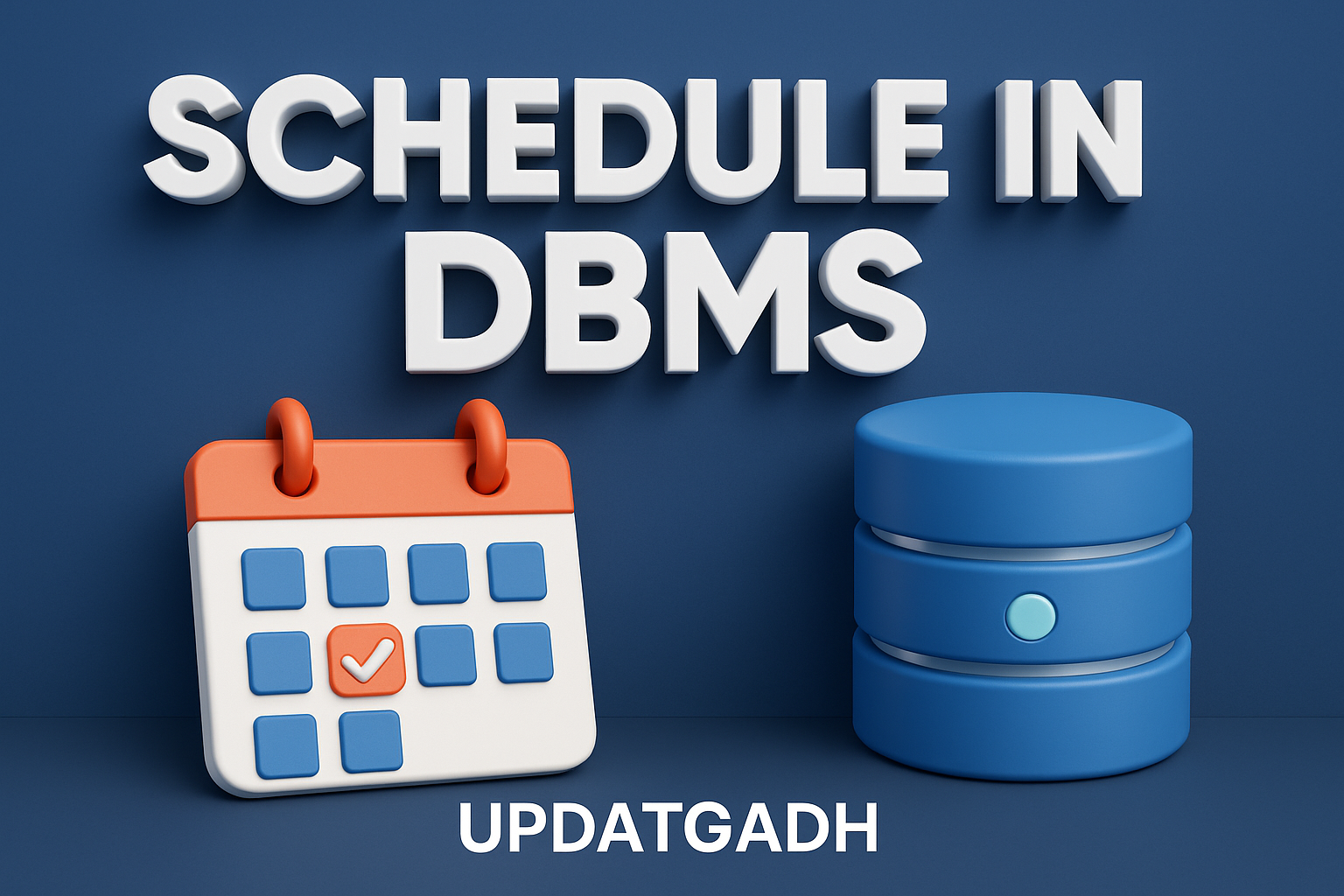
Post Comment